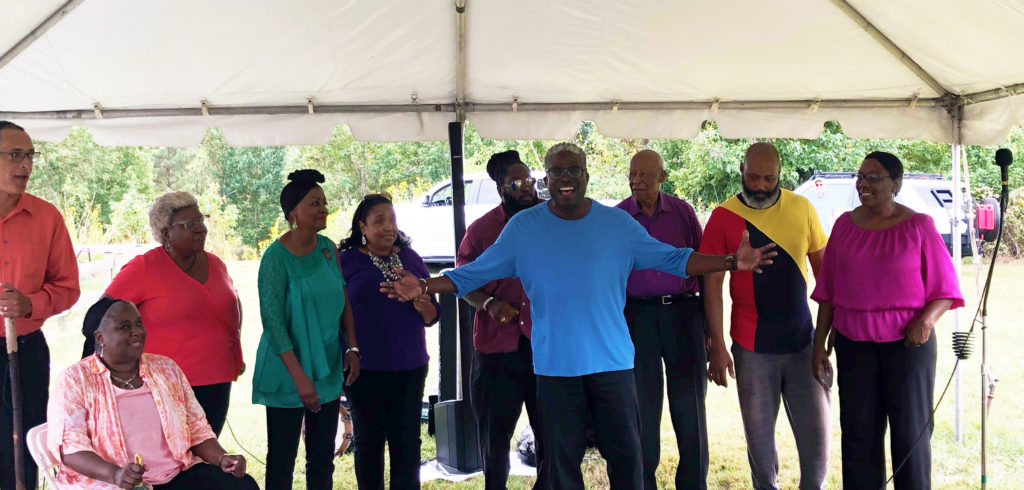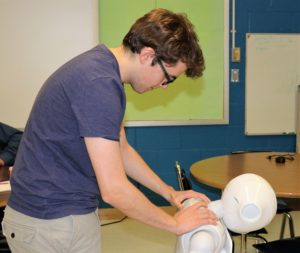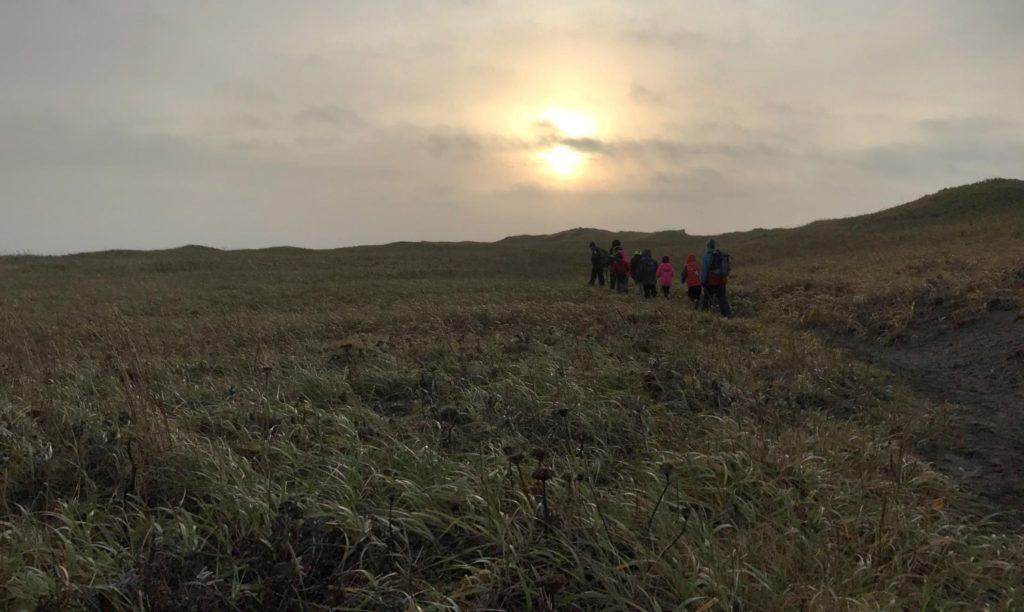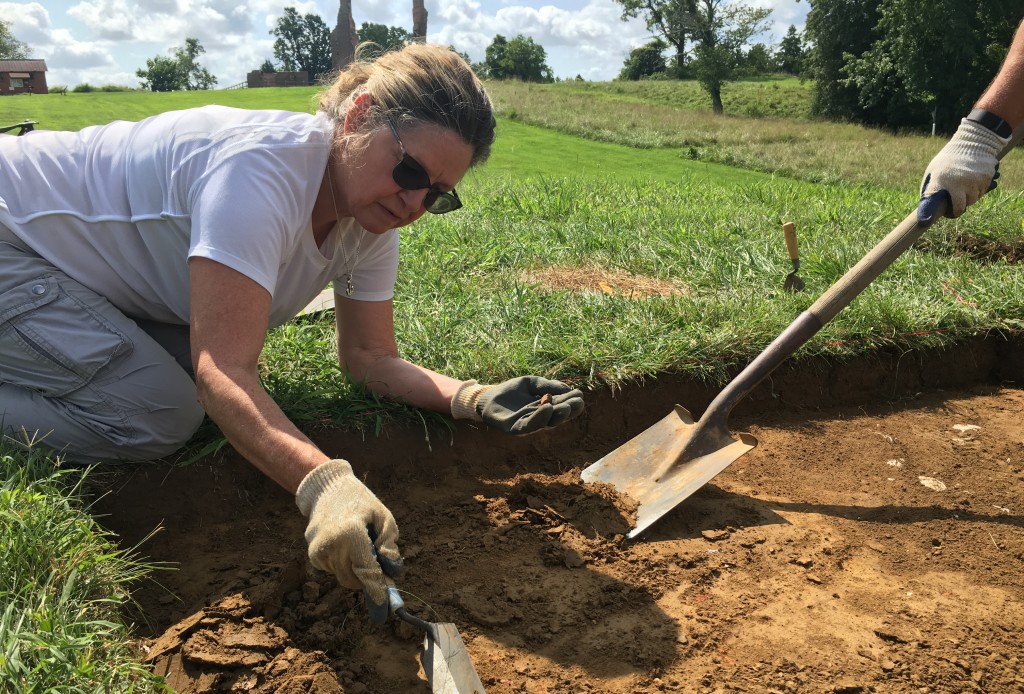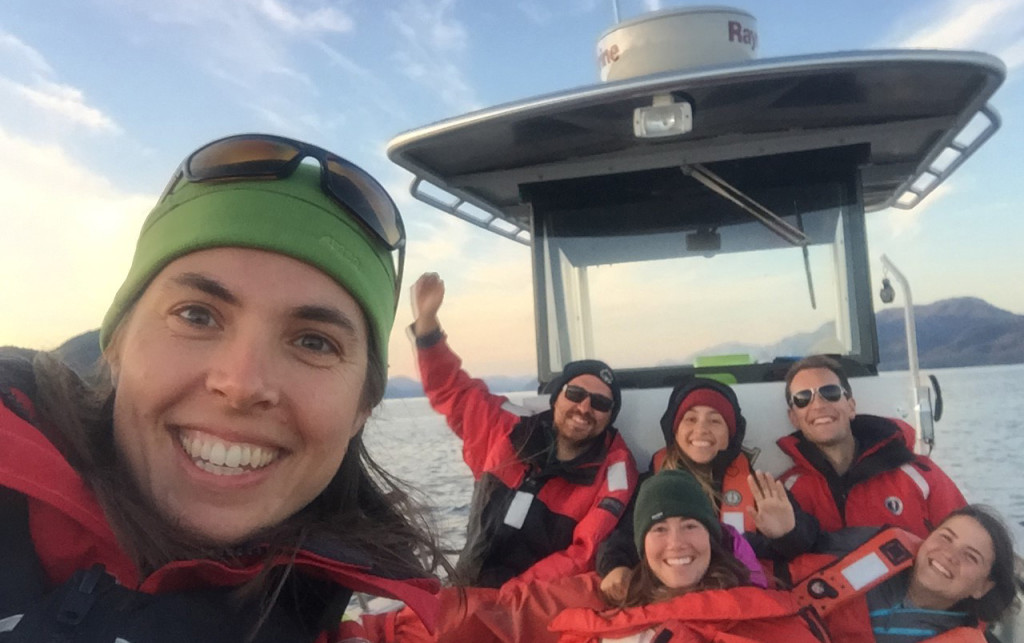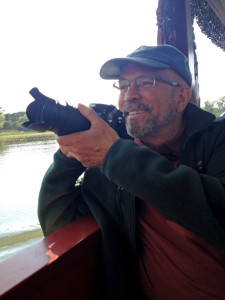by Kristen Minogue
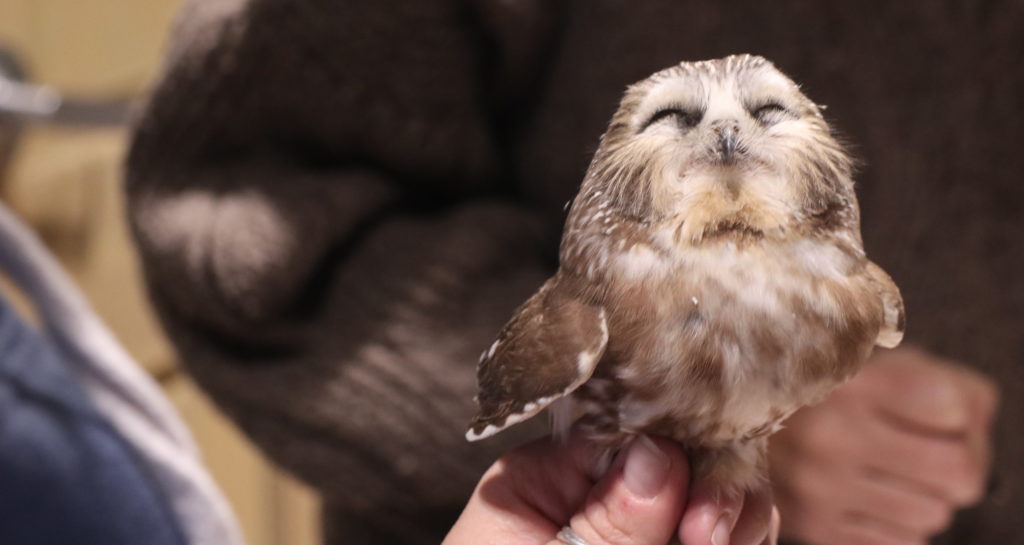
Northern saw-whet owls are the smallest owls in eastern North America. Because of their secretive natures, for a long time scientists didn’t even know they migrated. Project Owlnet is changing that. (Credit: Carl Benson)
Melissa Acuti is a chronic gambler. But the wagers she makes don’t involve casinos, poker chips, slot machines or even money. Instead, she’s willing to sacrifice hours of sleep checking nearly invisible mist nets in the forest. The prize: A tiny saw-whet owl, the smallest (and arguably cutest) owl in eastern North America.
“Everybody has that—playing the lottery, Bingo, that little, ‘I might win,'” Acuti said one frigid November evening in 2017. “This is my ‘I might win,’ when I catch an owl.”
By day, Acuti works for the Maryland Department of Natural Resources. But for four to six weeks in October and November, when saw-whet owls begin their migrations, she stays up until midnight or later to band them. It’s part of a continent-wide effort called Project Owlnet, in which scientists attach tiny bracelets to the owls’ feet to track their journeys. For the last two years, Acuti has run a Project Owlnet station at the Smithsonian Environmental Research Center (SERC) in Edgewater, Maryland, and convinced dozens of citizen scientists to join her.
“Just the anticipation of what you might find is very exciting,” said Lenore Naranjo, who joined Acuti for six nights this year with her husband, Ralph. “And the camaraderie of everybody waiting and tromping out together to look and check.” Click to continue »


